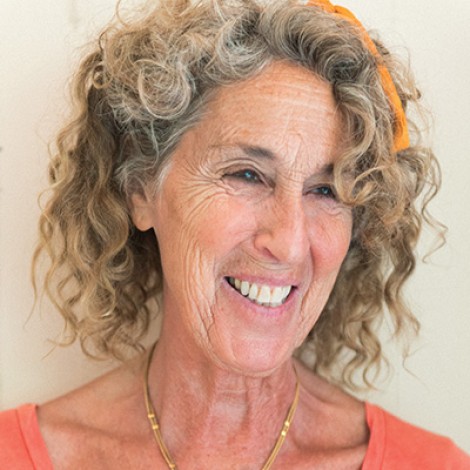 |
| Tanzania, 2012 |
Today’s post is a random rant in keeping with my conviction
that the American health care system is headed in the wrong direction. This
issue came to my attention after my daughter gave birth last month. She
reminded me of this outrage:
Back in October, 2016, a couple in Utah learned that, after
the birth of their baby, the hospital charged them $40 for immediate
post-partum skin-to-skin contact, a practice widely believed to be beneficial
to the newborn who has just been unceremoniously propelled into a hostile environment,
and to the mother whose life has just changed forever and ever, amen. This is considered
the standard of post-partum care, unless it is contraindicated for medical
reasons…for example, newborn resuscitation.
 |
| www.quotemaster.org |
The couple was flabbergasted at this charge. Their post went
viral. It was explained to them that, nowadays, so-called “kangaroo care” is considered
to be an intervention. It has its own billable code, and therefore, incurs an
extra charge. It also requires supervision by an additional nurse whose salary
has to be covered…for supervising a mother cradling her baby on her chest.
“I just want to lay on your chest
and listen to your heart.”
~www.beat-it2.blogspot.com~
It makes one wonder. How many mothers have dropped their babies
in the delivery room? Since when did an age-old, cross-cultural, intuitive and nurturing
post-partum practice become an intervention?
What is the price of maternal love?
“Nowadays people know
the price of everything
and the value of nothing.”
~Oscar
Wilde~
jan












